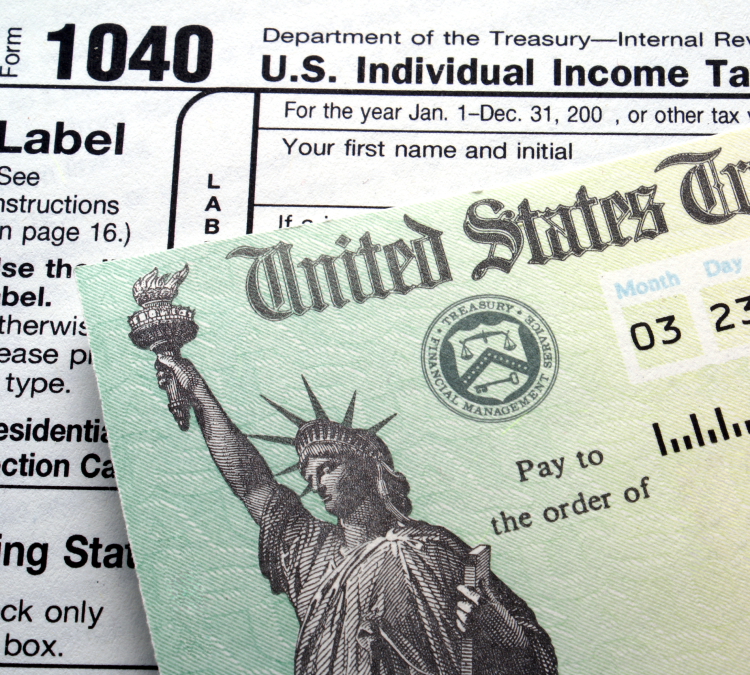New Tax Law Updates
As you are compiling and preparing your 2018 tax returns, you can now see more of the impact of the new tax law.
Different Look
We immediately notice that many of the tax forms look different. The regular Form 1040 formerly consisted of 2 pages. Now both pages can be printed on one 8.5 x 11 inch piece of paper. The intention is that this one sheet of paper can be folded to create one “large” postcard-sized tax return.
New Schedules
In order to create this new “postcard”, many lines needed to be removed from the old Form 1040 and new Schedules have been created. You may now be required to file one or more of the new Schedules 1 – 6 for the first time. Some of these schedules have built in some “Reserved” lines, for future use without the IRS having to re-design the entire Schedule.
New Tax Brackets
New tax brackets are: 10%, 12%, 22%, 24%, 32%, 35% and 37%. The top bracket starts with Taxable Income exceeding $600,000 for those Married Filing Jointly and $500,000 for those filing Single. In 2017, tax brackets were: 10%, 15%, 25%, 28%, 33%, 35% & 39.6%.
Standard Deduction & Personal Exemptions
Personal Exemptions have been eliminated. The Standard Deduction threshold for 2018 increased to $12,000 for Single filers, $24,000 for Married Filing Jointly and $18,000 for Head of Household. An additional deduction of $1,300 is allowed for each non-itemizers who is blind or over the age of 65. This amount is increased to $1,600 if blind and over age 65 AND unmarried and not a surviving spouse.
Itemized Deductions
Fewer taxpayers are now itemizing their deductions, as the Standard Deduction amount has increased. SALT (state and local income and sales taxes) deductions have been capped at $10,000 and the deductibility of mortgage interest on new loans is capped at $750,000, down from $1 million. Miscellaneous itemized deductions have been eliminated. Medical expenses can still be deducted, if they exceed 7.5% of AGI (Adjusted Gross Income) in 2018. This increases to 10% in 2019. Charitable deductions are still allowed as an itemized deduction.
Child Tax Credit
The child tax credit increased to $2,000 per child (previously $1,000) for up to 3 children. The child must not be older than 17 by the end of the filing year. This credit is phased out if income exceeds $400,000 for Married Filing Jointly and $200,000 for Single filers. A portion of this credit may be refundable.
Qualified Business Income Deduction (QBID)
A 20% business income deduction is allowed for certain pass-through companies on the first $315,000 of income.
This is just a small portion of the tax changes made by the Tax Cuts and Jobs Act (TCJA). We are happy to answer any questions you may have, especially during this transition year.


